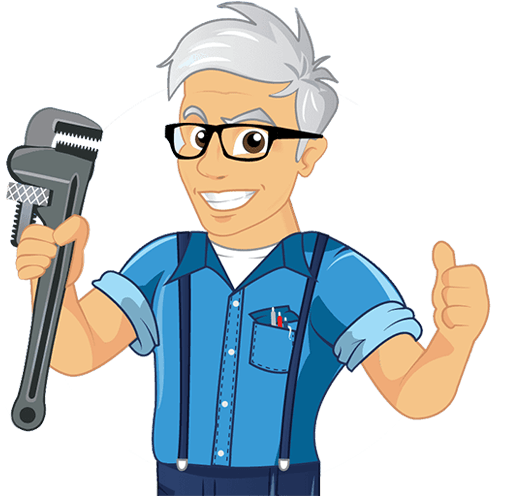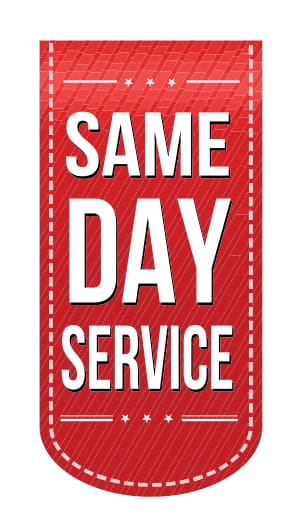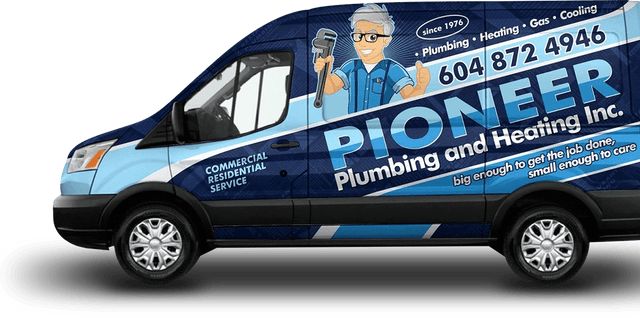Washers, Refrigerators, Garburators
With decades of experience in the installation of appliances that require a water connection, in both new homes and older ones, our licensed professionals will ensure your appliances are installed to code.
Appliances With a Water Connection
Whether you want to update your home with new water-connected appliances or you are building a new home, our expert installers will take care of everything for you. Efficient and courteous service is one of our hallmarks and we will be happy to work with your building contractor to ensure the job is done right the first time when working with new construction.
You can count on our team to prepare and protect the site as well as unpack, inspect and prepare the new appliance for installation. If necessary, we will disconnect and remove the appliance being replaced, connect and double-check all electrical and plumbing connections and then verify the proper operation of the new appliance.
We have experience installing virtually every brand of appliance and will ensure the manufacturers’ installation specifications are followed to the letter. Our technicians have the skills, tools and parts necessary to ensure installations are done to spec.
The water and electrical connections required for these appliances should only be carried out by professionals in order to reduce risks and comply with warranty requirements. Let us handle your appliance installation. We assure your complete satisfaction with the job.
Finally, we will remove all packing material from your home and ensure that the work area is neat, clean and dry.
The Laundry Room
Though modern home styles frequently put laundry rooms on the main floor, for convenience, there are still thousands of homes throughout the Lower Mainland that have laundry rooms in the basement. Washing your clothes and bedding and so on puts a large strain on your home’s drain system. High volumes of drain water containing detergents, grease and dirt make it important to keep your laundry appliances and the drain system in good working order.
Garburator
Many kitchens have a garburator installed under the main kitchen sink. Its main purpose is to dispose of food waste and help reduce garbage volume. A common problem with this machine is that more than food waste is ground up in it. We've seen these units clogged up with everything imaginable including meat, solidified grease and even demolished toys. Any time you have a problem with your garburator, call us and we'll fix or replace it.
Installing a Refrigerator Water Line
Installing a refrigerator water line will open up a well of fresh water and ice that you and your family can easily enjoy. Connecting a water line to your refrigerator will provide it with the water necessary to make ice and dispense filtered water.
If your refrigerator does have an unused ice and water dispenser, or you plan to install a new refrigerator with these features, connecting a water line is a worthwhile project to make your fridge even more useful. This guide will teach you how to install a refrigerator water line and find the correct refrigerator parts for the job.
The Water Line Path
Before installing a refrigerator water line, you must carefully plan for it. The water line will have to travel through cabinets or potentially through a hole drilled into the floor, so determining the best water line path ahead of time can help prevent mistakes and unforeseen problems.
- Your kitchen may already be plumbed for refrigerators with ice and water dispensers. Check around where the refrigerator is placed to see if there is an existing water supply line extending from the wall or up from the floor. If there is a water supply valve already installed behind your fridge, simply connect the supply valve to the refrigerator valve with 1/4-inch water line supply tubing.
- If there isn’t an independent water supply line, you’ll have to use one that feeds the sink or dishwasher. Locate this connection, preferably from a vertical water supply pipe, then map the shortest path from the supply line to the rear of the refrigerator (or where you plan to place the refrigerator).
- If needed, plan for the water line to run through cabinets, above storage and behind drawers to prevent damage to the line.
- Once you have the approximate length of your preplanned path, plan to add an additional six- to eight-feet of tubing to that measurement so that the water line can coil behind the refrigerator. This extra slack allows the fridge to move so you can clean behind and below it.
- Decide what tubing material you want to use for your water supply line. The tubing should have a diameter of 1/4-inch and can be copper line, braided steel line or plastic tubing. Many professionals prefer copper line, but plastic tubing is commonly sold as part of ice maker installation kits.
Cut Off the Water
As with most plumbing projects, you need to turn off the water supply before you begin any installation steps.
- Shut off the water supply to whichever line you plan to source the water from.
- If you are connecting the refrigerator water line to the sink water line, the piping below the sink typically has its own hot and cold shut-off valves. If it doesn’t, you can shut off the main water supply to the house instead.
- Turn on the faucet at the sink to allow the line to flush any standing water.
Tap the Water Supply
How to install a refrigerator water line will vary depending on where you plan to tap the water supply in your home.
Tapping a Sink With a Valve
If your sink has a shut-off valve, you can tap it using a tee fitting. The tee fitting should fit the threads of your valve, while the third outlet should have an outside diameter of 1/4-inch for the refrigerator water line.
- Disconnect the sink water supply line from the cold water shut-off valve by using a wrench or pliers to unscrew the tube’s connection nut. There will be some standing water in the supply line, so prepare to either catch the spillage in a small pan or to soak it up with a sponge.
- Attach the tee fitting to the shut-off valve. Tighten the fitting by hand, then secure it further using pliers.
- Connect the sink water supply line to the tee fitting.
- Connect the refrigerator water line to the third outlet of the tee fitting.
Tapping a Sink Without a Valve
If your sink does not have a shut-off valve, you will have to tap the line through the sink’s piping and install a valve for the refrigerator water line.
- Use either a self-tap saddle valve or a tee stop valve. Ensure the valves inlets match the diameter of your pipes and have an outlet with a 1/4-inch outside diameter for the refrigerator water line.
- Self-tap saddle valves are often the type of valve included in supply line kits. When using a self-tap saddle valve, attach the valve to the pipe, but do not pierce the pipe until the water line has been connected to the back of the fridge.
- When using a tee stop valve, you will have to remove a section of the sink’s water supply pipe. Mark the section you plan to cut.
- Cut the section of pipe using pipe cutters and deburr the exterior and interior of the cut pipe ends using a deburring tool or a metal file.
- Securely attach the new valve to both pipe ends.
- Read about this process in more detail in our guide How to Install Shut-Off Valves.
Tapping Another Water Line
If there are no cabinets that run between your sink and refrigerator, you may have to go through the floor or wall to tap the nearest water supply line.
- Identify the water supply line you plan to tap and determine where to drill a hole to accommodate the refrigerator water line you will connect. Ensure that whatever path you choose does not disrupt other important wiring or piping.
- Drill a 1/4-inch hole to run the tubing through.
- Follow the same steps as above to install either a self-tap saddle valve or a tee stop valve.
If this is a little beyond your DIY comfort level, call us to get this job done correctly.






